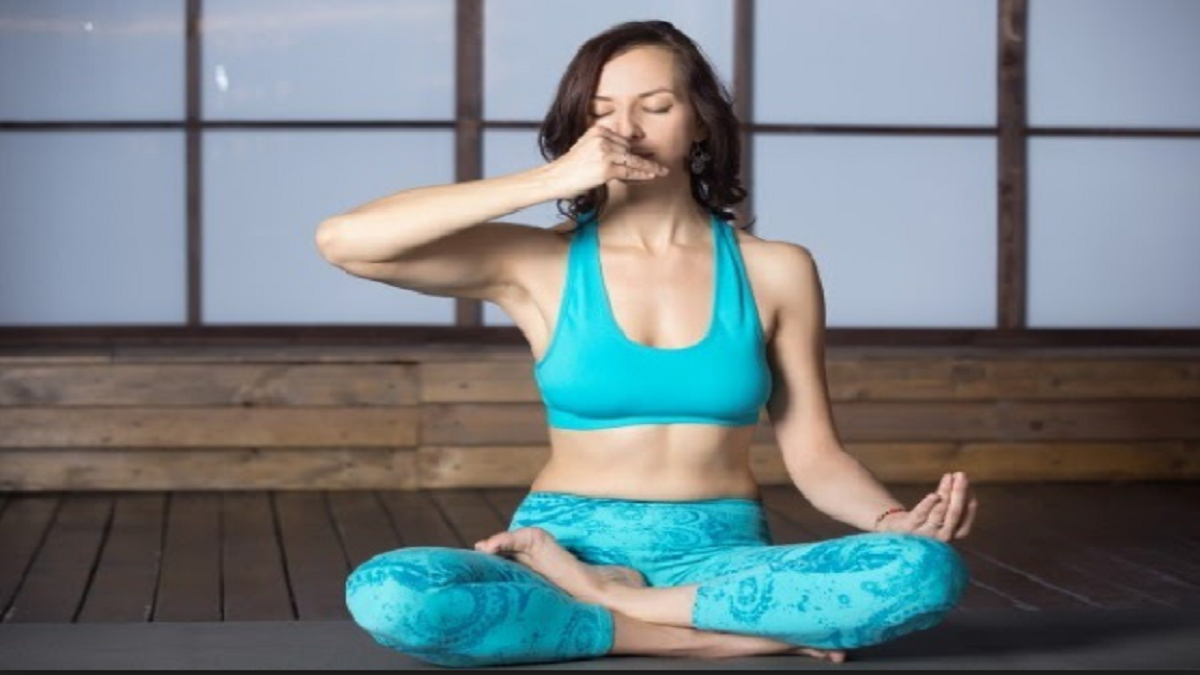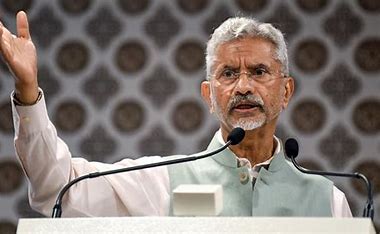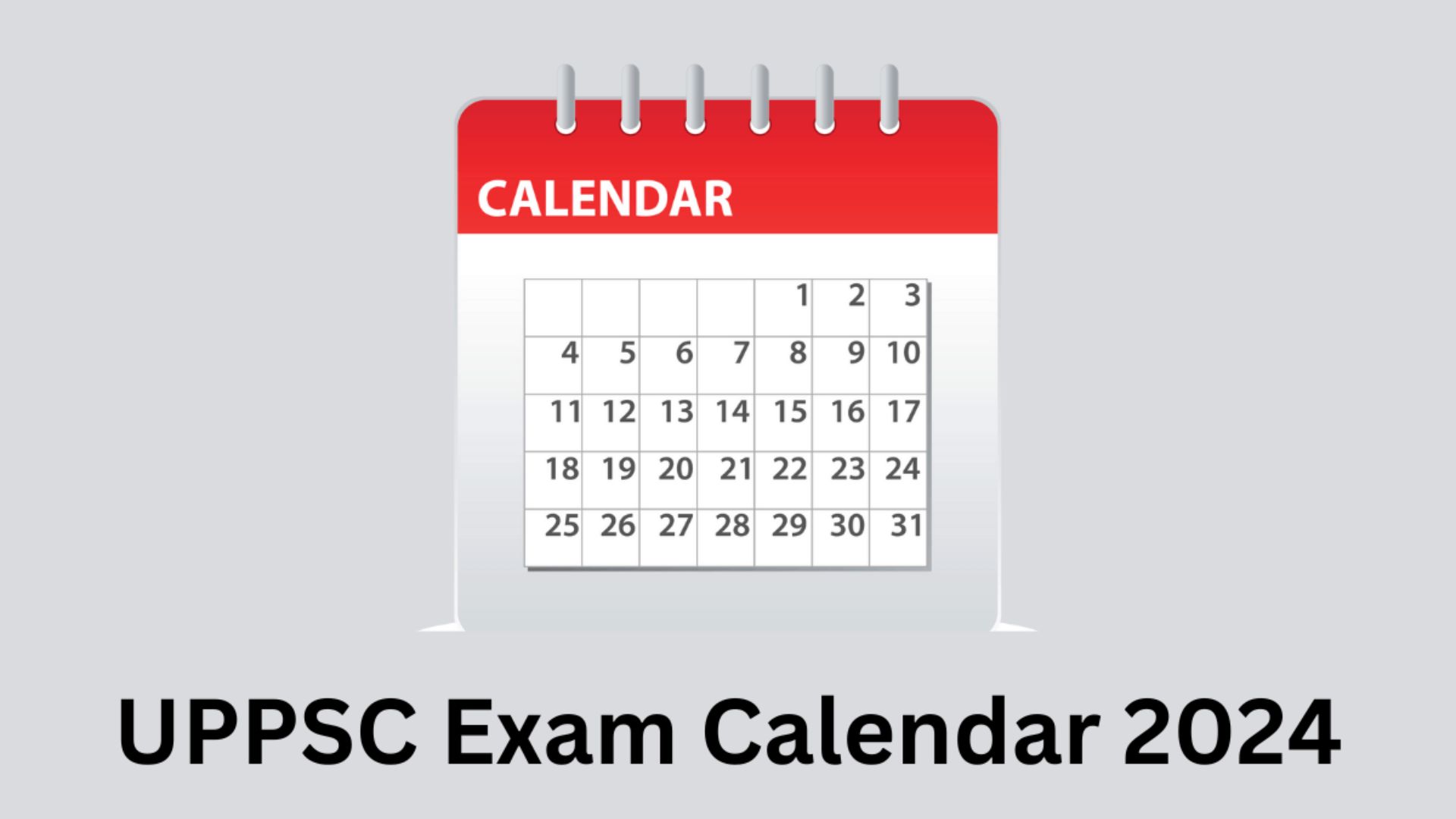
Panic attacks can be overwhelming and completely unexpected. This means we need to have ready-to-use tools in our bags to manage its impacts. While therapy and medical help have their role to play, yogic breathing practices are those tools that empower you to self-manage and minimize the effect of a panic attack. Especially as they tend to be sudden, and immediate professional help may not be at hand. Here are three yoga techniques that can be especially helpful.
DIAPHRAGMATIC BREATHING
A common symptom of a panic attack is hyperventilation—when we start over-breathing, displacing too much carbon dioxide from the lungs, creating a double whammy. In addition, this type of breathing increases our sense of fear and helplessness, pushing the nervous system further into a sympathetic state. But the good thing is you can manage it with conscious diaphragmatic breathing. Instead of taking fast and deep breaths, try to slow down your breath and lengthen your exhalation. Once you’re able to control your breathing, you’ll also be able to manage your reaction to the immediate stressors around you.
FOCUS ON THE PRESENT MOMENT
An excellent way to ground yourself in the present moment is to observe your surroundings with all your senses. To do so, focus on five things that you can see, four things that you can touch, three sounds that you can hear, two things that you can smell, and 1 thing that you can taste. This aids in using your five senses to focus on the present moment instead of spiralling into anxious thoughts.
DO A LIGHT YOGA PRACTICE
Sun Salutations are an excellent option to get yourself on the mat—they are a fixed set of 12 steps, so you don’t have to think or worry about what you’re going to do. And they are movements that are coordinated with the breath—and breath awareness, as we’ve already seen is critical to managing anxiety or panic. So, you can pace them as per your comfort level. The light movement will also help you process some of those stress hormones. However, if you’re feeling too breathless—then you can also go for a walk.
People who tend to get panic attacks should make Pranayama and Yoga an integral part of their daily routine. Both have been found extremely helpful in improving mental health. They empower you to take charge of your health and bring about transformation in body, mind, and spirit.
The writer is a Yoga and Ayurveda Lifestyle Specialist, and Founder of Yoganama.















